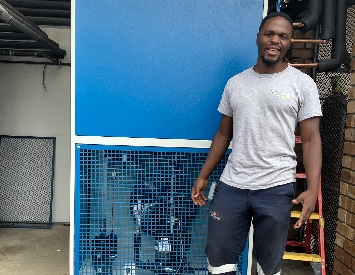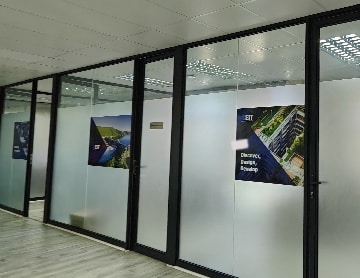Dear Colleagues
I am always filled with some horror when I look at the quality of documents I have put together some time ago. So, an improved version on Myths and Best Practice with industrial data communications and hazardous areas at the end of this. Forgive my terse dispatch this week, but I am on the road drumming up support for our engineering degree programs from various universities and accreditation authorities.
Here I list some practical guidelines when applying your next (preferably industrial) Ethernet, Wireless, Fieldbus or RS-485 project within a hazardous areas. While Europe (and Australia/Africa/Asia) are enthusiastic with intrinsic safe solutions to hazardous areas, explosion proofing and encapsulation are still very popular in North America. But this picture is changing. This is worth reading as data communications in hazardous areas are becoming increasingly used.
As you know intrinsically safe protection limits the energy entering the hazardous areas to a level incapable of igniting any gas or air mixture under fault conditions (when a cable is broken or a device fails). As most people would know, Profibus-PA and Foundation Fieldbus (and indeed HART) provide a good intrinsically safe solution (they use the same physical layer) at the instrument level. At the higher levels things are a little bit cloudier (but perhaps getting easier with intrinsic safety).
Ethernet
With Ethernet, there are three approaches possible:
• Multiconductor copper cable
• Fibre Optics
• Wireless
The classic wired approach (copper !) for Ethernet requires the cable to be safeguarded against unintentional interruption or connection (according to IEC 60079). Ethernet can also be connected through a Wireless LAN with access points mounted in hazardous areas with (Ex em and Ex q) protected housing with intrinsically safe antennas. Ethernet based on fibre optics cable (it has to be Ex is op, of course) is also a great solution as it provides galvanic isolation and immunity to electromagnetic interference. Connections can be interrupted by live work during operation and earthing/grounding, surge protection, screening and shielding are obviously not required. But installation can be challenging with fibre (although I aver this is considerably easier than a decade ago).
An increasingly popular approach is intrinsically safe Ethernet with two galvanically isolated converters are the end points of a copper based (intrinsically safe) Ethernet system. No grounding or isolation requirements due to galvanic isolation. And no specialised installation knowledge required. Good where there is a high risk of cables breaking.
Make sure you are using real industrial Ethernet though. Not some ‘wishy washy’ commercial hardware which can’t withstand the brutal industrial environment.
Wireless
While explosion proofing and encapsulation is not easy to apply (a steel encased cell phone !); wireless intrinsically safe transmitters are becoming increasingly cost effective and indeed, available.
I think this is often true of much of our work in engineering – All great deeds and all great thoughts have a ridiculous beginning (from the great French philosopher, Albert Camus)
Yours in engineering learning
Steve


